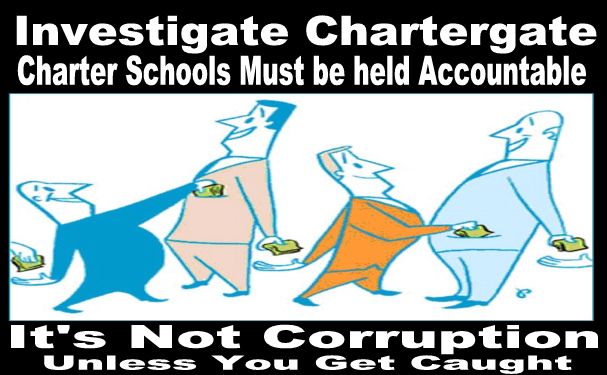For Detroit’s Children, More School Choice but Not Better Schools

DETROIT — On the face of it, Ana Rivera could have had almost any choice when it came to educating her two sons. For all the abandoned buildings and burned-down houses in her neighborhood in the southwest part of this city, national charter school companies had seen a market and were setting up shop within blocks of each other, making it easier to find a charter school than to buy a carton of milk.
But hers became the story of public education in a city grasping for its comeback: lots of choice, with no good choice.
She enrolled her older son, Damian, at the charter school across from her house, where she could watch him walk into the building. He got all A’s and said he wanted to be an engineer. But the summer before seventh grade, he found himself in the back of a classroom at a science program at theUniversity of Michigan, struggling to keep up with students from Detroit Public Schools, known as the worst urban district in the nation. They knew the human body is made up of many cells; he had never learned that.
When his school stopped assigning homework, Ms. Rivera tried enrolling Damian at other charters, but the deadlines were past, the applications onerous. Finally, she found him a scholarship at a Catholic school, where he struggled to rise above Ds all year. “He doesn’t want to hear the word engineering,” she said.
Michigan leapt at the promise of charter schools 23 years ago, betting big that choice and competition would improve public schools. It got competition, and chaos.
Detroit schools have long been in decline academically and financially. But over the past five years, divisive politics and educational ideology and a scramble for money have combined to produced a public education fiasco that is perhaps unparalleled in the United States.
While the idea was to foster academic competition, the unchecked growth of charters has created a glut of schools competing for some of the nation’s poorest students, enticing them to enroll with cash bonuses, laptops, raffle tickets for iPads and bicycles. Leaders of charter and traditional schools alike say they are being cannibalized, fighting so hard over students and the limited public dollars that follow them that no one thrives.
Detroit now has a bigger share of students in charters than any American city except New Orleans, which turned almost all its schools into charters after Hurricane Katrina. But half the charters perform only as well, or worse, than Detroit’s traditional public schools.
“The point was to raise all schools,” said Scott Romney, a lawyer and board member of New Detroit, a civic group formed after the 1967 race riots here. “Instead, we’ve had a total and complete collapse of education in this city.”
The city has emerged almost miraculously fast from the largest municipal bankruptcy in American history. Downtown Detroit hums with development — a maze of detours around construction sites with luxury apartments, a new Nike store along a stretch of prime but empty storefronts. Even where blight resumes a few blocks out, farm-to-table restaurants and modern design stores sprout hopefully. Last year, the city had its smallest population decline since the 1950s.
But the city’s residents — many of them stranded here after whites and middle-class blacks fled in waves — will not share in any renaissance as long as only 10 percent of For Detroit’s Children, More School Choice but Not Better Schools - The New York Times:

